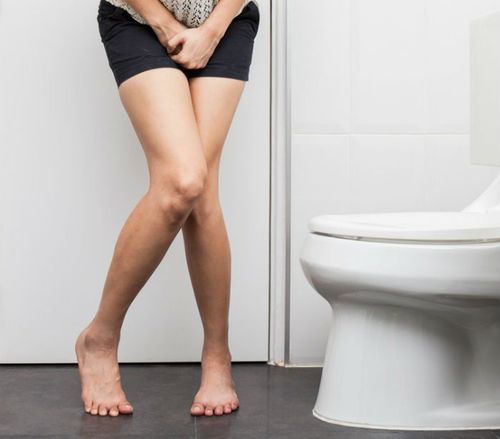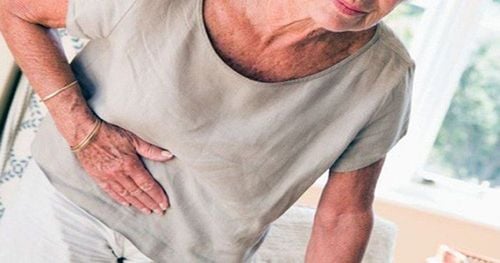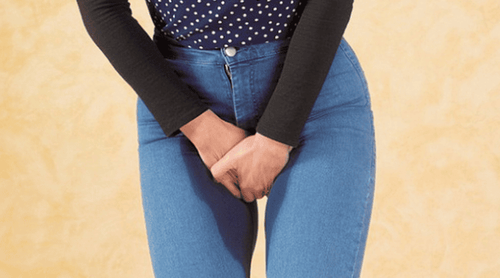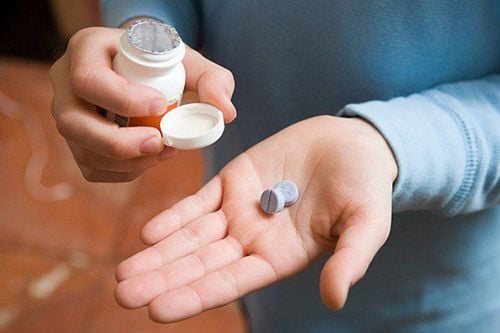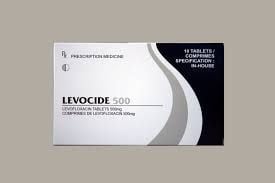This is an automatically translated article.
Urinary incontinence in the elderly causes many problems for patients and caregivers. In addition, urinary incontinence can cause urinary tract infections due to urine stagnation in the bladder. The diagnosis of urinary incontinence in the elderly helps to treat more accurately and quickly, thereby limiting unwanted complications.
1. Effects of urinary incontinence in the elderly
For the elderly, the functions of the kidneys and bladder will be less active than before, so urine in the bladder is not expelled and the opening and closing of the bladder sphincter is not controlled, causing urination. incontinence in the elderly, namely urine leakage.
Urinary incontinence in the elderly is a nuisance to both the patient and caregiver; creating low self-esteem, inferiority complex to communicate outside of society, worse, causing urinary incontinence, mental disorders, affecting the patient's quality of life.
Besides, urinary incontinence in the elderly can cause urinary tract infections due to stagnation of urine in the bladder, bladder infections, and eventually, inflammation upstream of the kidneys, causing renal calyces to be damaged. inflammation, pus stasis, if not detected and treated promptly can lead to kidney failure, dangerous for the patient.
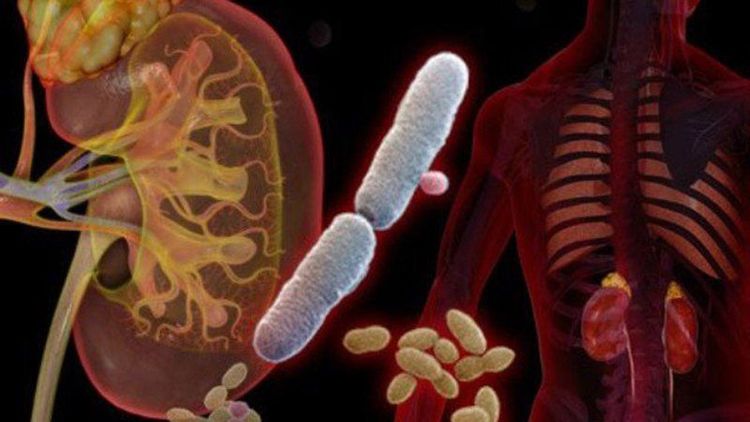
Nước tiểu ứ đọng dễ dẫn tới nhiễm trùng đường tiết niệu
2. Diagnosis of urinary incontinence in the elderly
The diagnosis of urinary incontinence in the elderly helps to treat more accurately and quickly. The diagnostic methods include:
Ask the patient's history: To determine the origin, duration and severity of the disease. Taking the history will provide many important parameters for the diagnosis of urinary incontinence in the elderly. Clinical examination: Including examination in the abdomen; mental; mobility of the patient; rectum and prostate (in men); gynecological, pelvic and two-handed rectal examination (in women),... to determine etiology and classification. Test some tests: For example, cough test, patient is standing, bladder is full, then cough for an hour to determine stress incontinence. Laboratory tests: Includes complete urinalysis, urinalysis, serum glucose and serum calcium, urinary tract ultrasound, diaper test. Central nervous system magnetic resonance imaging, urinary tract X-ray to diagnose CNS damage associated with urinary incontinence in the elderly. Measurement of residual urine after urination by transducer ultrasound on the pubic bone. Cystoscopy ; uroflowmetry, urodynamics, bladder pressure, intra-abdominal pressure during urinary incontinence, stress along the urethra during exercise, sphincter electromyography.
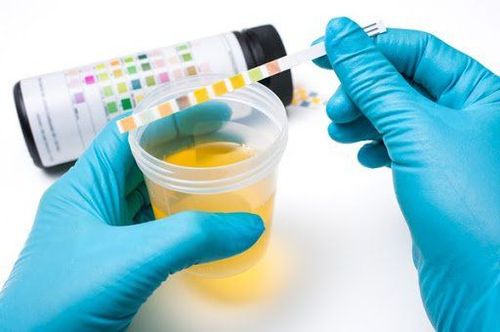
Thực hiện các xét nghiệm nước tiểu để chẩn đoán bệnh
3. Treatment of urinary incontinence in the elderly
There are many treatments for urinary incontinence, but it is necessary to determine the cause of the disease. Here is how to treat urinary incontinence in the elderly, specifically:
Treatment of underlying conditions causing urinary incontinence in the elderly: Underlying conditions affecting urinary incontinence in the elderly such as insufficiency heart disease, diabetes, chronic obstructive pulmonary disease, neurological disorders, stroke, sleep disorders,... Alpha blockers, central nervous system drugs, potent diuretics,. .. causes urinary incontinence, so these drugs need to be adjusted or replaced. Make appropriate lifestyle changes: Avoid caffeinated beverages; exercise and Kegel exercises to lose weight, tone the perineal muscles; drink water about 1500ml/day, limit drinking water at night; quit smoking; bladder training and urination habits. Non-invasive intervention: Electrical stimulation by surface electrodes at the perineum, pubic bone, vaginal wall; use of magnetic pulses in the perineal and sacral regions; stimulation of the posterior tibial nerve with an electrical pulse needle inserted under the skin above the ankle; stimulated by magnetic pulses in the perineal and sacral regions.

Thay đổi lối sống và tăng cường tập thể dục ở người cao tuổi
Use of drugs for urinary incontinence in the elderly:
Antimuscarinic drugs: Oxybutynin (Diptopan) 2.5mg x 3 times/day; slow-release preparations 5-30mg/time/day. Tolterodin (Detrol) dose 4mg/day. Solifenacin (Vesicare) 5-10mg/time/day. Trospium Chloride (Sanctura): 20mg x 3 times/day. Darifenacin (Enablex): 7.5-15mg/time/day. Adrenergic agonists: Pseudoephedrine (Sudafed): 30-60mg x 3 times/day. Phenylpropanolamine hydrochloride. Supplemental estrogens: Vaginal cream The lowest effective dose should be used and vaginal bleeding should be monitored every 3-6 months. Add Desmopressin - the optical isomer of vasopressin with a dose of 0.05mg-0.2mg x 1-3 times/day. Alpha-adrenergic blocker: indicated for patients with urinary incontinence caused by an enlarged prostate with urinary obstruction. Surgery: Indicated when conservative treatment steps and medications for urinary incontinence are not effective. Surgery may include posterior pubic suspension; put a mesh to support the urethra; anterior vaginal formation surgery; artificial valve placement; Enlargement of the bladder by bowel; urine flow when there is kidney damage due to high pressure in the bladder causing reflux of the bladder and ureters.
Vinmec International General Hospital with a system of modern facilities, medical equipment and a team of experts and doctors with many years of experience in neurological examination and treatment, patients can completely peace of mind for examination and treatment at the Hospital.
To register for examination and treatment at Vinmec International General Hospital, you can contact Vinmec Health System nationwide, or register online HERE.
MORE
What is urinary incontinence? Urinary incontinence: Causes and treatment What is UTI and is it dangerous?




